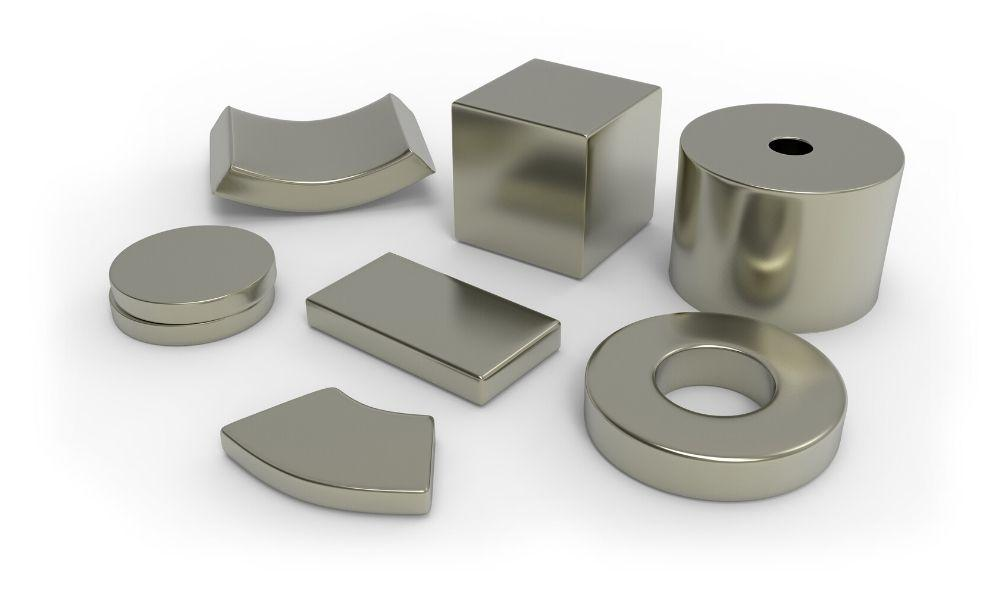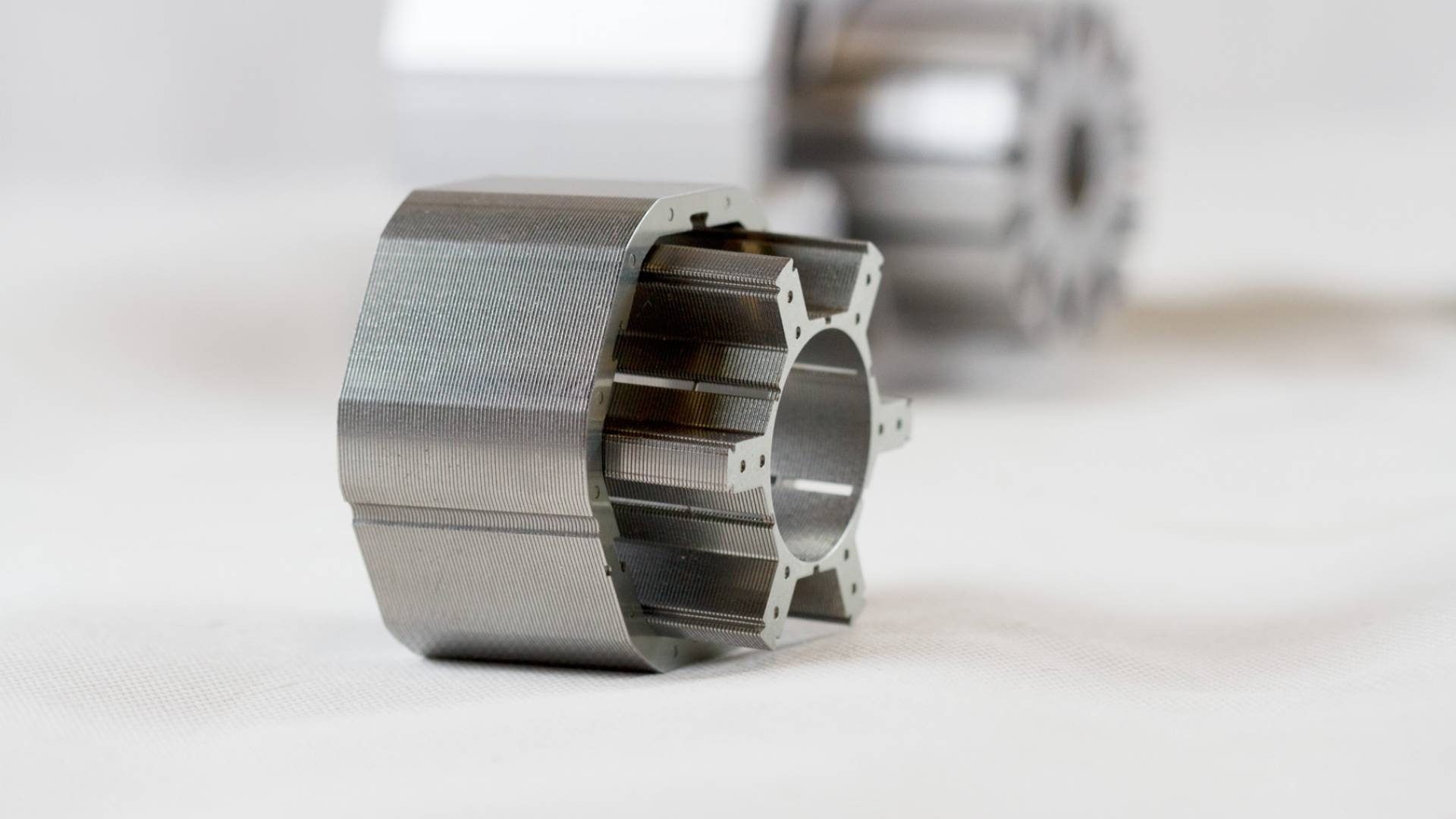Mục lục
Magnets are essential components in modern engineering, powering everything from electric motors and sensors to industrial separators and medical equipment. Their ability to hold a magnetic field without external energy makes them invaluable in countless applications. However, there are situations where this powerful property becomes a challenge rather than an advantage.
When magnets interfere with measurements, attract unwanted metallic debris, or pose safety risks during repairs, they must be demagnetized. The process of removing or neutralizing the magnetic field is delicate and requires a good understanding of both the magnet’s nature and the demagnetization principle.
This article explores everything you need to know about demagnetizing a permanent magnet — from what makes a magnet “permanent,” to why demagnetization is necessary, how it works, the methods involved, and the key precautions to ensure safety and success.
1. What is a Permanent Magnet?

A permanent magnet is a material that retains its magnetism even when no external magnetic field is present. Inside it, microscopic regions known as magnetic domains align in the same direction, generating a strong and persistent magnetic field. This internal alignment is what makes a magnet permanent it does not fade over time under normal conditions.
Permanent magnets are made from materials with high magnetic retention, such as neodymium-iron-boron (NdFeB), samarium-cobalt (SmCo), ferrite, and AlNiCo. Each type has different characteristics suited for various industries. NdFeB magnets, for instance, are the strongest commercially available, while SmCo offers superior temperature stability and corrosion resistance.
These magnets are used across industries — in motors, generators, medical scanners, magnetic bearings, sensors, and even consumer electronics. Their reliability makes them indispensable. Yet, in certain situations, that same magnetic strength must be controlled or removed altogether. That is where demagnetization becomes necessary.
2. Why Do Permanent Magnets Need to Be Demagnetized?
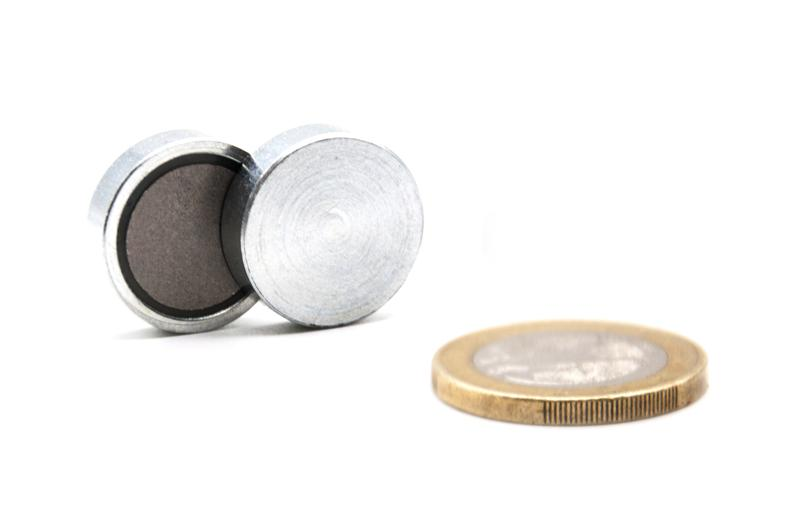
Demagnetization is not about destroying the magnet; it is about control. There are several practical reasons engineers, manufacturers, and technicians may need to demagnetize a permanent magnet.
In industrial manufacturing, residual magnetism can cause assembly problems. Metal chips or dust can cling to magnetized parts, contaminating surfaces or affecting precision fits. Even minor magnetic fields may interfere with sensitive electronic instruments or disrupt assembly processes that depend on clean, neutral components.
In maintenance and repair, demagnetization ensures safety. Permanent magnets, particularly neodymium types, can attract metallic tools or parts unexpectedly. During equipment servicing, demagnetizing magnets prevents injuries or unintended damage caused by sudden magnetic pull.
Demagnetization is also important in recycling and material recovery. When magnets are removed from end-of-life electric motors or devices, they must be demagnetized before mechanical separation or melting. Without this step, the magnets may cling to other metals or affect sorting processes.
In scientific and calibration environments, even a trace of residual magnetism can distort measurements. For laboratories that deal with precision instruments, removing all magnetic influence is critical for accuracy.
In essence, demagnetizing is an act of precision ensuring the magnetic field only exists where and when it is needed.
3. Demagnetization Principle of Permanent Magnets
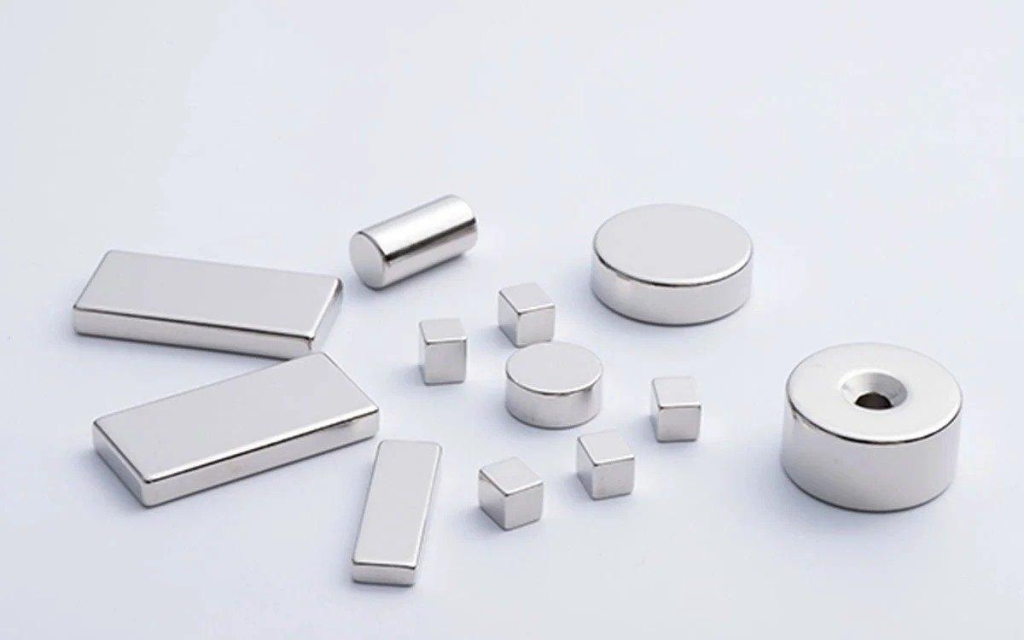
To demagnetize a magnet, we must first understand what makes it magnetic. Every ferromagnetic material consists of many microscopic magnetic domains. In an unmagnetized state, these domains are oriented randomly, canceling each other’s magnetic effects. When magnetized, most of them align in the same direction, creating a strong overall field.
Demagnetization works by disturbing this alignment. The process introduces energy or influence that causes domains to lose their orderly orientation. Once the domains become randomized again, the overall magnetic field weakens or disappears.
From a physical standpoint, demagnetization moves the magnet’s operating point backward along the B-H curve (the magnetic flux density vs. magnetic field strength curve). When the point passes the so-called “knee” of the curve, irreversible demagnetization occurs meaning the magnet cannot regain its original strength.
There are two main ways to achieve this effect: heating the magnet above its Curie temperature or applying an alternating or opposing magnetic field. The Curie temperature is the threshold at which thermal motion disrupts domain alignment completely. For neodymium magnets, this is typically around 310–400°C, while ferrite magnets can withstand up to 450°C before losing magnetism.
Whether achieved through heat or field reversal, the goal of demagnetization is the same — to reduce or eliminate the alignment of magnetic domains, leaving the magnet neutral or weakly magnetized.
4. What Are the Methods for Demagnetizing Permanent Magnets?
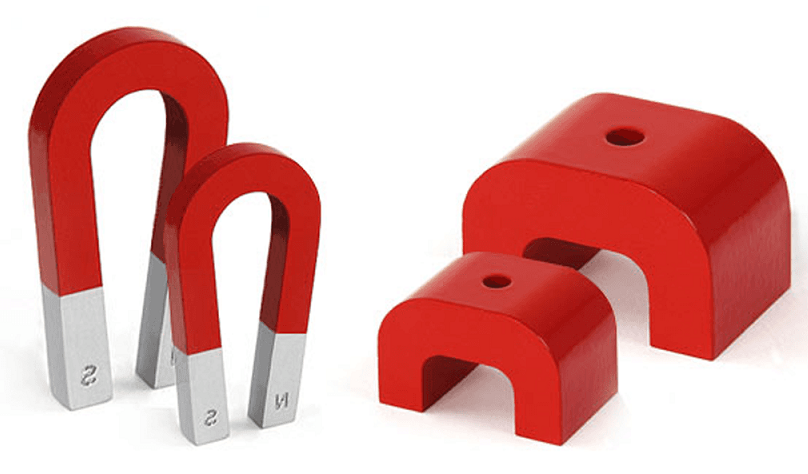
Demagnetizing a permanent magnet can be done using different techniques depending on its material, shape, and the purpose of the process. Each method uses a specific physical principle but ultimately aims to disturb the domain structure.
Heating Above the Curie Temperature
The simplest and most direct method is heating the magnet beyond its Curie point. At this temperature, atomic vibrations become so intense that they overcome the forces maintaining domain alignment. The magnet permanently loses its magnetic properties and becomes just another piece of metal alloy.
This method is effective for recycling applications or when permanent removal of magnetism is required. However, it cannot be reversed. Once cooled, the material may not regain its original structure or magnetic potential. Heating also risks cracking or oxidizing the magnet, especially in materials like neodymium, which are highly reactive.
Controlled furnaces or induction heaters are used to achieve uniform temperature rise. Uneven heating can cause thermal stress and fractures, making this method best suited for bulk processing rather than precision demagnetization.
Alternating Magnetic Field (AC Demagnetization)
This is the most commonly used and practical method in industrial environments. The magnet or magnetized part is placed inside a coil through which alternating current flows. The alternating current generates a magnetic field that reverses direction rapidly, causing the domains to oscillate back and forth.
By gradually reducing the amplitude of this alternating field to zero, the domains settle in random directions, effectively canceling the overall magnetic field. The process is smooth and does not damage the material, making it ideal for demagnetizing steel tools, mechanical parts, or magnetic assemblies after production.
AC demagnetizers can be handheld or stationary. For large components, demagnetizing tunnels are used to move the part through the coil, ensuring even exposure. The process is highly controllable, which is why it is preferred for precision engineering and manufacturing.
Reversed Magnetic Field Application
Another method involves applying a steady magnetic field in the opposite direction of the magnet’s original orientation. The opposing field must be strong enough to exceed the magnet’s coercive force the resistance it offers against demagnetization.
Once the coercivity is surpassed, the domains start to flip direction, reducing the magnet’s overall strength. This method allows partial or full demagnetization depending on the desired result. It is commonly used in laboratory testing or when a magnet needs to be reset before re-magnetization.
Mechanical Shock or Vibration
In some cases, mechanical vibration or shock can disturb domain alignment. Repeated impacts or mechanical stress can partially demagnetize materials, especially when combined with heat. Historically, blacksmiths noticed this effect when hammering heated iron to remove magnetism.
However, for modern magnets like NdFeB or ferrite, this approach is risky. They are brittle and can easily crack or shatter. For this reason, mechanical demagnetization is rarely used in precision or industrial environments and is considered a side effect rather than a reliable method.
Opposing Field Exposure
Permanent magnets can also lose strength when exposed to a strong external magnetic field in the opposite direction. Over time, this exposure disrupts domain stability and reduces the magnetic field. Although not an intentional demagnetization technique, it helps explain why magnets near alternating currents or magnetic interference gradually weaken.
5. Precautions for Demagnetization of Permanent Magnets
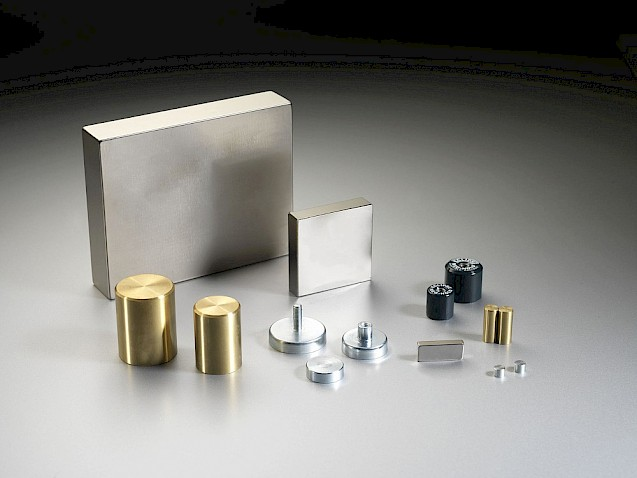
Demagnetization may appear simple, but in practice, it requires careful attention to material behavior, equipment setup, and safety. Here are the essential precautions every engineer or technician should follow, along with explanations for each.
Identify the Magnet Type
Different magnet materials react differently to heat and magnetic fields. Neodymium magnets are highly powerful but heat-sensitive, while samarium-cobalt and ferrite can withstand higher temperatures. Knowing the type ensures that you choose the correct demagnetization method without damaging the magnet or its surrounding components.
Control the Temperature Precisely
When using heat, gradual and uniform temperature increase is vital. Sudden or uneven heating can cause cracking, oxidation, or warping. The magnet should be cooled slowly after demagnetization to avoid internal stress. Always ensure the temperature stays within safe limits for the specific material.
Regulate the Magnetic Field Strength
In AC demagnetization, the initial magnetic field must be strong enough to saturate the material, but the amplitude must then be reduced slowly. A rapid drop in current can leave residual magnetism, while excessive field strength may cause overheating or unwanted remagnetization in the opposite direction.
Prevent Physical Damage
Permanent magnets, especially sintered types, are brittle. Mechanical stress, vibration, or dropping during demagnetization can cause cracks or chips. Use non-metallic supports or protective coatings when handling magnets during the process.
Maintain Safe Distance from Sensitive Equipment
Demagnetizing equipment generates powerful alternating magnetic fields that can affect nearby electronics, magnetic sensors, and data storage devices. Always maintain a clear zone around the demagnetization area to prevent interference or data loss.
Verify Residual Magnetism After Demagnetization
Use a Gauss meter or Hall sensor to check for remaining magnetic fields. Even a small residual field can interfere with precise instruments or assemblies. Measuring ensures that the process achieved the desired level of neutrality before the component proceeds to its next stage.
Protect Operators and Work Environment
When heating or using strong magnetic fields, safety gear such as gloves, goggles, and non-magnetic tools should be used. Magnetic fields can attract loose metallic objects unexpectedly, posing a hazard. Additionally, ensure good ventilation if heating produces fumes from coatings or adhesives.
Record and Label Demagnetized Components
In manufacturing and testing environments, it is essential to record the demagnetization process for traceability. Labeling demagnetized parts prevents confusion with active magnetic components and ensures proper handling during subsequent assembly or inspection.
Phần kết luận
Demagnetizing a permanent magnet is a precise and controlled process that serves many practical purposes in engineering, manufacturing, and recycling. It ensures safety during maintenance, eliminates residual magnetic interference, and allows components to be reused or repurposed effectively.
The principle behind demagnetization is simple disrupting the alignment of magnetic domains but the application requires skill and understanding. Whether done through heat, alternating magnetic fields, or reversed polarization, each method must match the magnet’s properties and purpose.
By observing correct precautions identifying magnet type, regulating temperature and field strength, protecting equipment, and verifying results engineers can demagnetize safely and effectively. Mastering this process allows full control over one of nature’s most powerful forces, ensuring that magnetism serves technology precisely as intended.

